Diasulin 30/70 40IU
195.00৳ Vial(10ml)
- Diasulin Injection is used for the treatment of type 1 and type 2 diabetes, as well as gestational diabetes.
- It helps manage blood sugar levels, with varying insulin requirements depending on individual patient needs.
- Available in 30/70 and 50/50 insulin compositions, it is administered via subcutaneous injection.
- Regular monitoring and dosage adjustments are necessary for effective diabetes management.
 Brand
Brand
|
ACI Limited |
|---|---|
 Generics
Generics
|
Regular Insulin Human + Isophane Insulin Human |
 Type
Type
|
SC Injection |
Indications
Diasulin Injection is recommended for:
- Managing type 1 diabetes in all patients.
- Treating type 2 diabetes in individuals whose condition is not adequately controlled by diet and/or oral hypoglycemic medications.
- Initial stabilization of diabetes in patients experiencing diabetic ketoacidosis, hyperosmolar non-ketotic syndrome, or those undergoing periods of stress such as severe infections or major surgery.
- Managing gestational diabetes during pregnancy.
Consult a registered healthcare professional before use.
Composition
30/70: Each milliliter of the suspension contains 100 IU (3.47 mg) of Human Insulin (rDNA), comprising 30% Regular Insulin Human and 70% Isophane Insulin Human.
50/50: Each milliliter of the suspension contains 100 IU (3.47 mg) of Human Insulin (rDNA), consisting of 50% Regular Insulin Human and 50% Isophane Insulin Human.
Pharmacology
Insulin’s blood glucose-lowering effect is due to enhanced glucose uptake by muscle and fat cells, and the inhibition of glucose production by the liver. Insulin has a short half-life of a few minutes and does not bind significantly to plasma proteins.
The typical action profile after subcutaneous injection includes:
- Onset of action: within 30 minutes.
- Peak plasma levels: between 1-3 hours.
- Duration of action: approximately 18-24 hours.
Dosage
The insulin dosage is individualized based on the patient’s needs, as determined by the physician.
For type 1 diabetes, the average daily insulin requirement is between 0.5 to 1.0 IU/kg. For pre-pubertal children, it usually ranges from 0.7 to 1.0 IU/kg.
Type 2 diabetes initial doses typically range from 0.3 to 0.6 IU/kg/day.
The required insulin dose may increase in cases of insulin resistance (e.g., during puberty or obesity) and decrease in patients with some endogenous insulin production or partial remission.
Inject insulin and consume a carbohydrate-rich meal or snack within 30 minutes of administration.
Consult a registered healthcare professional before use.
Administration
- Subcutaneous injection is typically done in the abdominal area. The thigh, gluteal region, or deltoid area may also be used.
- The abdominal wall provides faster absorption than other areas.
- To avoid lipodystrophy, rotate injection sites within a specific anatomical region.
Dosage Adjustment
- Concomitant illnesses, such as infections or fever, may increase the need for insulin.
- Renal or hepatic impairment may reduce the insulin requirement.
- Changes in physical activity or diet may require dosage adjustments.
- When changing insulin preparations, a dosage adjustment may be necessary.
Before using Insulin 30/70, ensure:
- It is the correct insulin type.
- The cartridge is intact, including the rubber plunger.
- Disinfect the rubber membrane with surgical spirit.
Do not use Insulin 30/70 if:
- The cartridge or device is dropped or damaged, which may cause insulin leakage.
- It has not been stored properly or has been frozen.
- It appears uneven or does not mix properly.
How to Mix and Inject Insulin
Before use:
- Gently move the cartridge up and down (at least 20 times before first use and 10 times before each subsequent injection) to ensure uniform mixing of the insulin.
- If the cartridge is already in the delivery system, move the system up and down (10 times) to mix properly.
To inject:
- Follow the instructions in the delivery system manual.
- Keep the needle under the skin for at least 6 seconds to ensure the full dose is delivered.
- Always remove the needle after injection to prevent leakage or insulin strength changes due to temperature shifts.
Consult a registered healthcare professional before use.
Interaction
Certain substances may affect insulin requirements:
- Reduced insulin requirement: Oral hypoglycemic agents (OHA), MAO inhibitors, non-selective beta-blockers, ACE inhibitors, salicylates, and alcohol.
- Increased insulin requirement: Thiazides, glucocorticoids, thyroid hormones, beta-sympathomimetics, growth hormone, and Danazol.
Beta-blockers may mask hypoglycemia symptoms and delay recovery, while Octreotide/Lanreotide can have variable effects on insulin requirements. Alcohol may intensify hypoglycemia.
Contraindications
Do not use Diasulin in patients with:
- Hypoglycemia or a known hypersensitivity to human insulin or any ingredients.
Side Effects
Common side effects of human insulin include:
- Hypoglycemia (most frequent), especially if the dose exceeds the insulin requirement.
- Lipodystrophy at the injection site due to poor rotation of injection areas.
- Generalized hypersensitivity may cause skin rash, itching, gastrointestinal issues, breathing difficulties, and swelling. Severe reactions are potentially life-threatening.
- Edema may occur, particularly when starting insulin therapy. These effects are often temporary.
Pregnancy & Lactation
- Insulin is safe during pregnancy since it does not cross the placenta. However, both hypoglycemia and hyperglycemia can increase the risk of birth defects and fetal death.
- Insulin requirements usually decrease during the first trimester and increase during the second and third trimesters. After delivery, insulin needs generally return to pre-pregnancy levels.
- Lactation: Insulin treatment does not pose a risk to the nursing baby, but insulin doses may require adjustment.
Precautions & Warnings
- Inadequate dosing or discontinuation, particularly in type 1 diabetes, can lead to hyperglycemia and diabetic ketoacidosis, which can be fatal.
- Hypoglycemia may occur with excessive doses.
- Switching insulin types or brands should be done under strict medical supervision, as changes may require dosage adjustments.
- Traveling between time zones may necessitate adjusting insulin and meal times. Consult a doctor before traveling.
- Do not use insulin if it has clumps or appears frosted.
Overdose Effects
- Mild hypoglycemia can be treated with oral glucose or sugary products.
- Severe hypoglycemia may require Glucagon (0.5-1 mg) injection or intravenous glucose by a medical professional. Oral carbohydrates should be given after regaining consciousness to prevent relapse.
Storage Conditions
- Store insulin between 2°C and 8°C (in a refrigerator).
- Do not use if frozen or exposed to excessive heat or sunlight.
- After opening, the cartridge should be used within 6 weeks when stored below 25°C or 4 weeks at 30°C.
- Mix insulin thoroughly before use by gently rolling the cartridge between your hands.



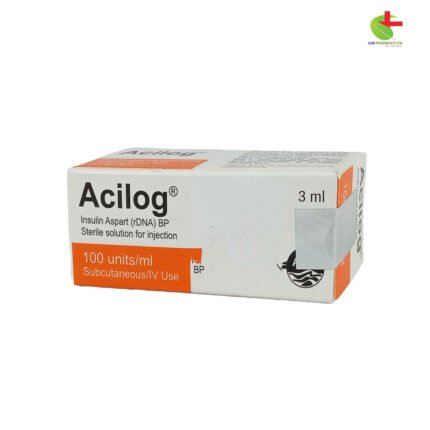

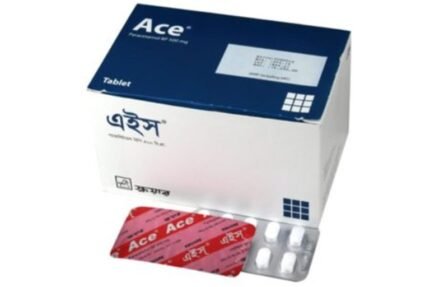
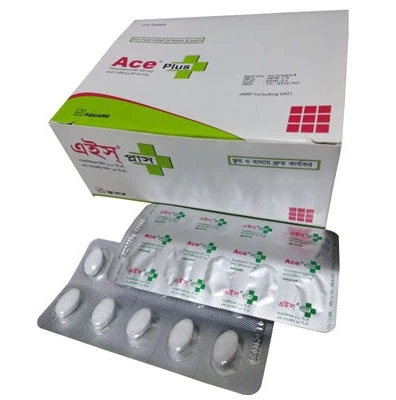
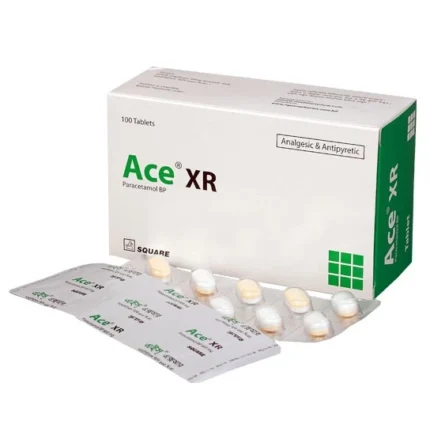
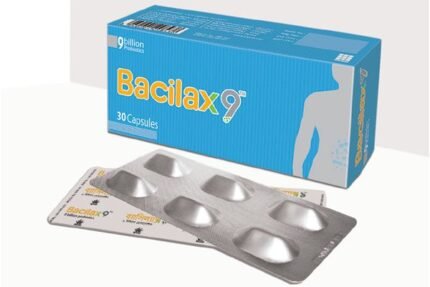
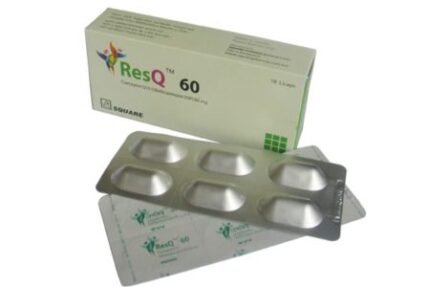
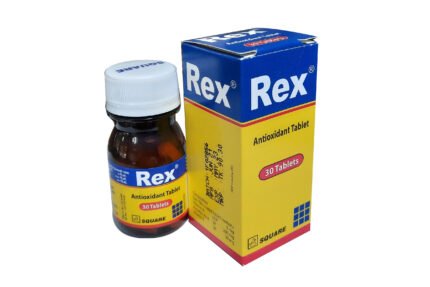
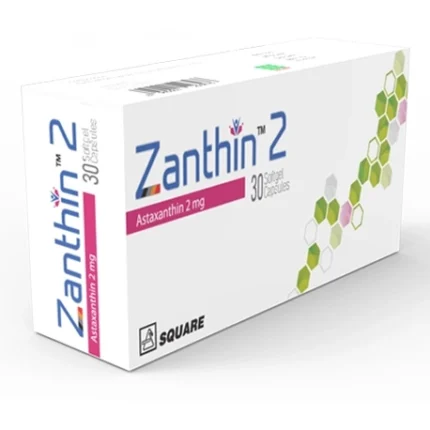
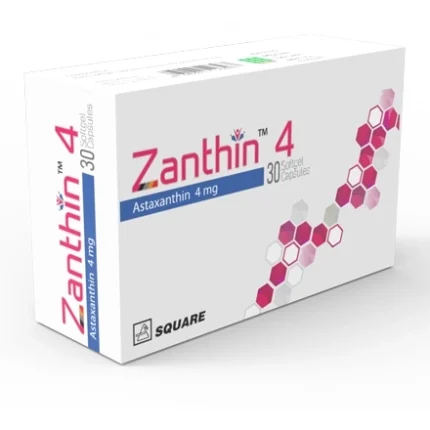
Reviews
There are no reviews yet.